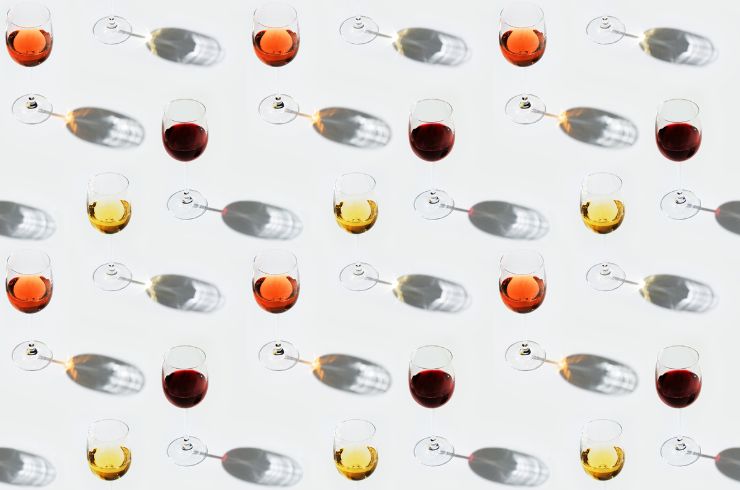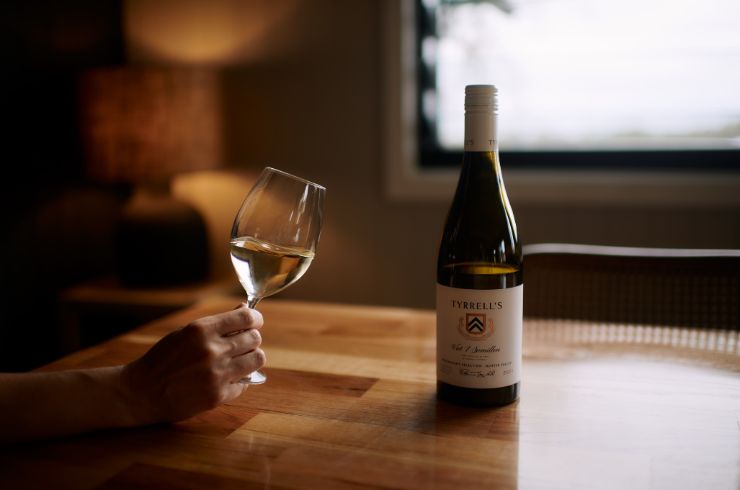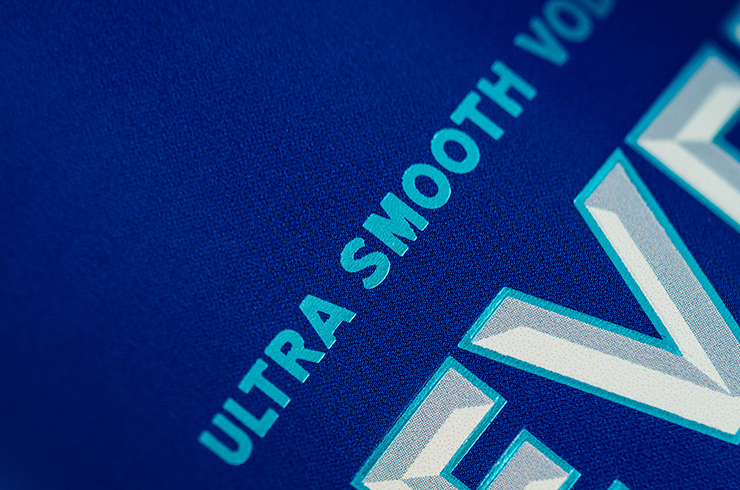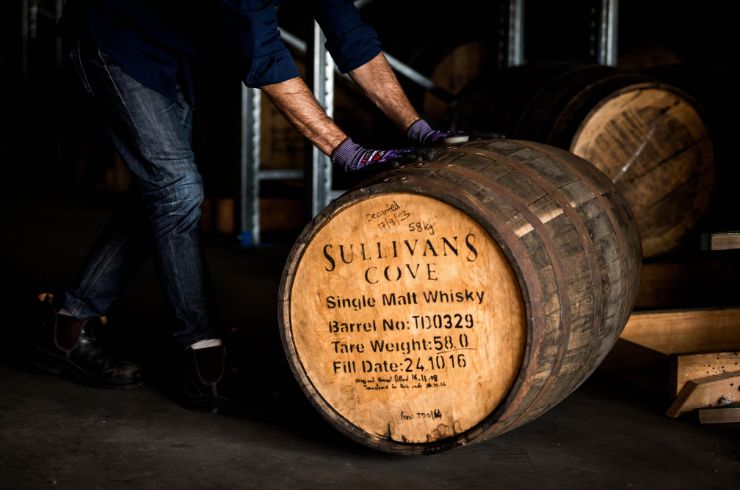Home Hill, Queensland. Black ribbons of charred leaves swirl into the sky amid the crackle of burning sugarcane, floating back to earth to litter the fertile soil in what locals call the Burdekin Snow. This area that encompasses the delta of the Burdekin River on the North Queensland coast between Airlie Beach and Townsville is one of Australia’s primary sugarcane growing regions, and that sweet green grass that towers over the low-lying landscape is the lifeblood of the community here. While the vast majority of that cane is refined into sugar, and, increasingly, biofuel, a tiny portion is diverted to Burdekin Distillery to make rum*.
Most of the rum produced both in Australia and internationally is made from molasses, the sticky black leftovers from the sugar refining process. And as Australia ranks in the global top 10 for sugar production, equating to nearly four million metric tonnes in 2024 alone, there’s plenty of molasses to go around. But a new generation of boutique Aussie rum distillers, like Burdekin up here in North Queensland, and Husk in northern New South Wales, are distilling spirit from freshly pressed sugarcane juice instead of molasses.
This fresh cane rum is a style French speakers call agricole, meaning ‘agricultural‘ – produced on the French-speaking islands of the Caribbean, such as Martinique and Guadeloupe. Fresh cane rum is also the national spirit of Brazil, known there as cachaça. Fresh cane rums have little in common with the sweet, rich and often oaky styles traditionally produced in English-speaking countries like Jamaica and Australia, or the light, clean style of rum (i.e. Bacardi) produced in Spanish-speaking countries like Puerto Rico and Cuba.
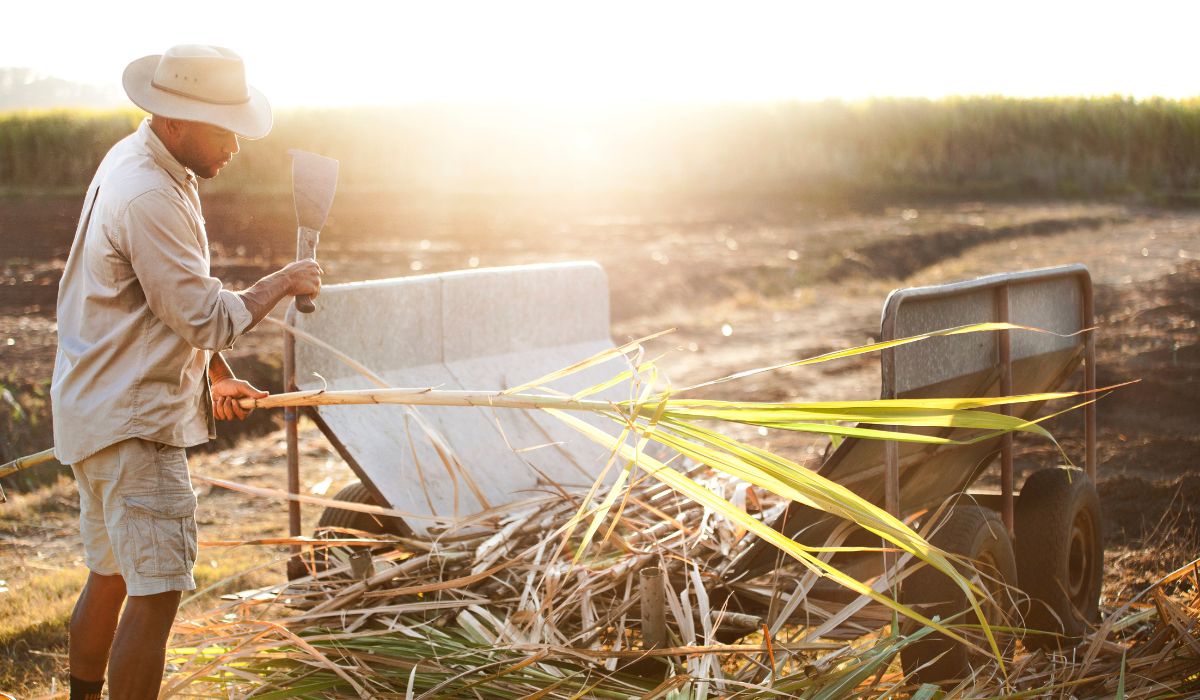
Vegetal, funky, dry and complex, in many ways cane juice rums have more in common with mezcal than they do with molasses-based rums. Cane juice rums are often bottled unaged, and the natural variations in terroir are allowed to shine through, with regional character, wild yeast, cane varietal and seasonal factors all on full display in the final product.
“My mission statement is to modernise rum production, rum drinking and rum experiences [in Australia],” says Burdekin distiller Jason Chan. “That means showcasing the spirit in its rawest form.” With Australian drinkers now happy to sip on good tequila and mezcal, he says, “people aren’t afraid to enjoy a white spirit made with minimal intervention.”
It’s also bloody delicious.
A high-proof bottling of Burdekin rum labelled ‘Coral Sea’ recently earned a score of 98 out of 100 at the San Francisco World Spirits Competition, the world’s largest spirit awards, and it’s easy to see why. Incredibly easy drinking for such a high strength (54.5 per cent), with a beautiful nose of oyster-shell minerality, green mango skin and candied lemon peel. This is definitely recognisable as an agricole-style rum, but it tastes like nothing from overseas. This is a spirit that could only come from the Burdekin.
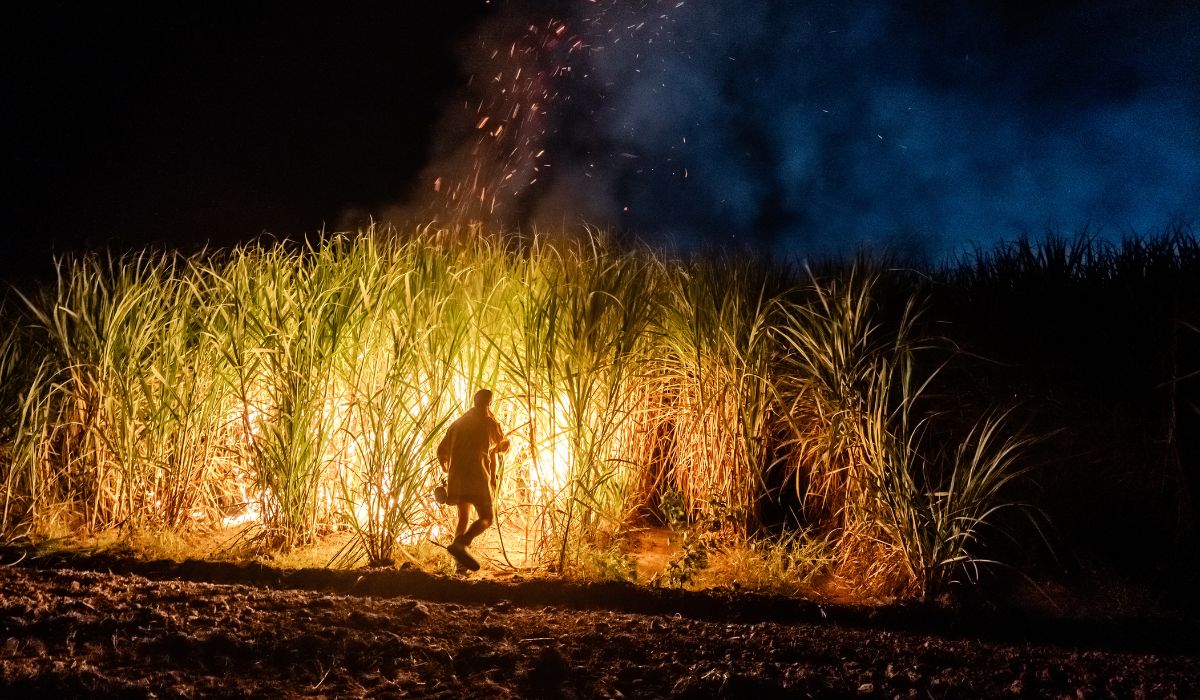
At Husk Distillery, just outside Tumbulgum in the Northern Rivers region of New South Wales, distiller Quentin Brival has been making fresh juice rums from local cane for over a decade. While Burdekin is still in its infancy, Husk has settled into a profile and is producing more commercial and recognisable products, including a spiced rum and a coconut rum. But they’re also responsible for pioneering the fresh cane juice style in Australia, with grassy, complex white rums like nothing ever produced here previously.
Quentin, who is from the Caribbean island of Martinique, long known for producing rum from fresh cane juice, says he was surprised to find no one was making the style in Australia when he first arrived. “All this sugarcane and no one has tried to make a fresh juice rum from it,” he says. “I thought that was crazy.”
Quentin explains that molasses-based rums can be made anywhere in the world, because molasses is a transportable, shelf-stable and relatively homogenous commodity. “But fresh cane juice rum can only be made in cane-growing regions because the juice is fresh, and can’t be transported without degrading,” he says. “By being in control of the growing of the cane, it allows a whole other facet to production that only this style of rum can achieve.” Quentin likens it to grower-producers of wine, rather than makers who source fruit externally.
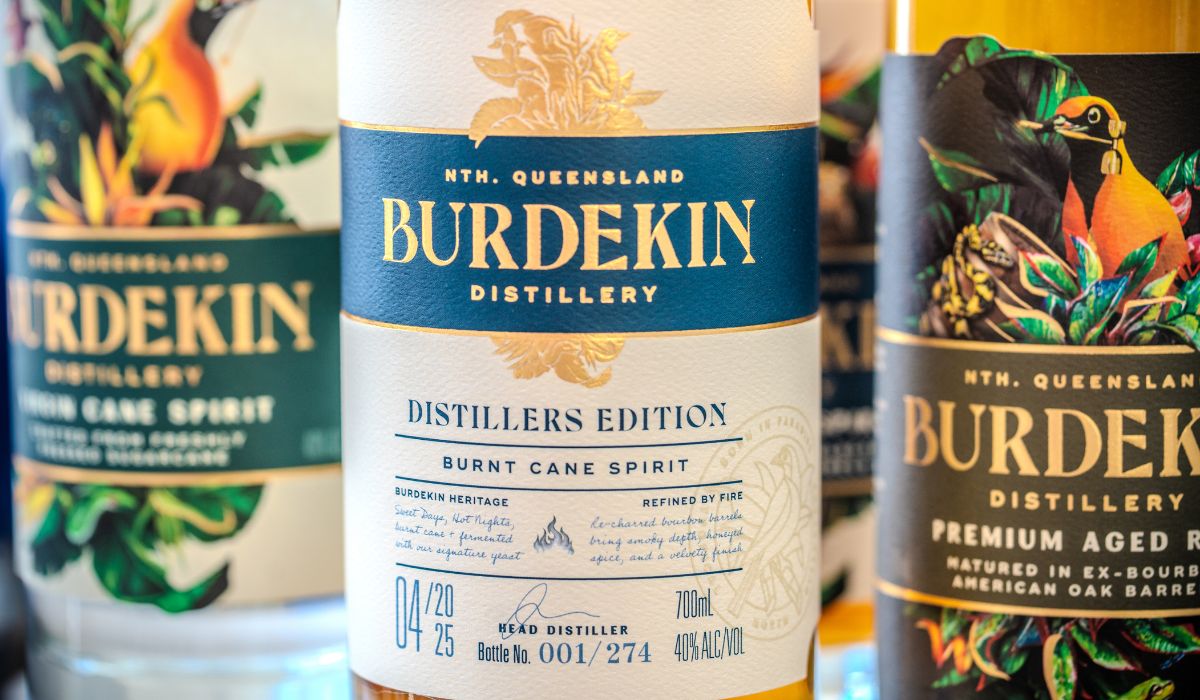
The resulting rums are not only a pure reflection of the cane-growing regions where they’re made, they’re also a totally different beast to the more common molasses-based spirits most people have tasted. “I try to put people in a different mindset when I give them our rums for the first time,” Quentin says. “Sometimes they expect the same kind of profile as a molasses rum, but it's very different. Because it’s made from a plant that is freshly cut and freshly pressed, it’s going to be a lot more vegetal, grassy and herbaceous, rather than the sweeter, more processed flavours of molasses rum,” he explains.
It’s also important to note that while fresh sugarcane juice is indeed very sweet, most fresh cane rums are actually quite dry compared to their molasses-derived cousins, with almost all the sugar content fermented out. Fresh cane producers are often loath to add additional sugar before bottling, too, which is quite common with molasses rum. And, says Quentin, while sugarcane juice is sweet, “it's also quite light, not thick and condensed and boiled like molasses. So, it's almost like the sweetness you get from fresh fruit,” he says.
Huw Griffiths owns rum bar Lola Belle in Melbourne and is a long-time advocate for cane spirits in Australia. “A good rum should embody the essence of its origin and the people behind its creation,” he says. Asked how these spirits fit into the broader offering on the cocktail list at Lola Belle, Huw says: “Agricole-style from Australia should be all about funky herbs and tropical fruit, which pairs perfectly with sugar and citrus. We drink this on its own, in a daiquiri or in tropical punches,” he says.

Huw sums up this exciting category of local spirits, saying, “Australian agricole-style rums are genuine, distinctive and intricate, narrating the story of people who crafted them, and the place in which they are born.”
Australia’s Rum Labelling Laws
In Australia, one of the very few laws that explicitly governs the production of spirits states that to be labelled ‘rum’ a product must be matured in wood for a minimum of two years. That means producers like Burdekin and Husk must label their unaged products as ‘cane spirit’. In this article, we refer to all sugarcane derived spirits, regardless of age, as ‘rum’. But for the Halliday Spirits ratings, we abide by Australian labelling law and refer to unaged rums as ‘cane spirit’ – albeit as a subcategory of rum.
The Australian labelling laws around rum are ineffectual and confusing for a couple of reasons. Firstly, unaged rums are a perfectly accepted style in the rest of the world, especially when it comes to fresh cane versions such as agricole rums and cachaça. Secondly, it’s a toothless rule because there is no maximum size limitation for the maturation vessel, meaning any producer could, for example, fill a 20,000L oak vat with spirit, leave it for two years, then add colouring and flavouring to make it appear older without any genuine cask influence but still call it ‘rum’, while a spirit matured for 23 months in a real oak cask cannot use the term.
Husk has made some headway by trademarking the term ‘Australian Agricultural Rum’, which defines spirits that must be produced exclusively from freshly crushed cane juice in a recognised Australian Cane Growing Region, are seasonally produced between July and November, and have no additives, sugar or flavour added to the final product. We encourage both other producers of fresh cane rum and the Australian government to get on board with this designation.
This article first appeared in issue #80 of Halliday magazine. Become a member to receive all four issues per year, plus digital access to over 185,000 tasting notes from 4000+ wineries and distilleries, and much more.
More from Fred Siggins
-
Spirits
The vodka renaissance: Fred Siggins on how Australian vodka producers are reinventing the classic spirit
2 Oct 2025 -
Spirits
The spirit of Flinders Island: How Furneaux Distillery harnesses its environment to create whisky that speaks of place
24 Jul 2025 -
From the tasting team
From colonist to craft: a short history of distilled spirits in Australia
12 May 2025
